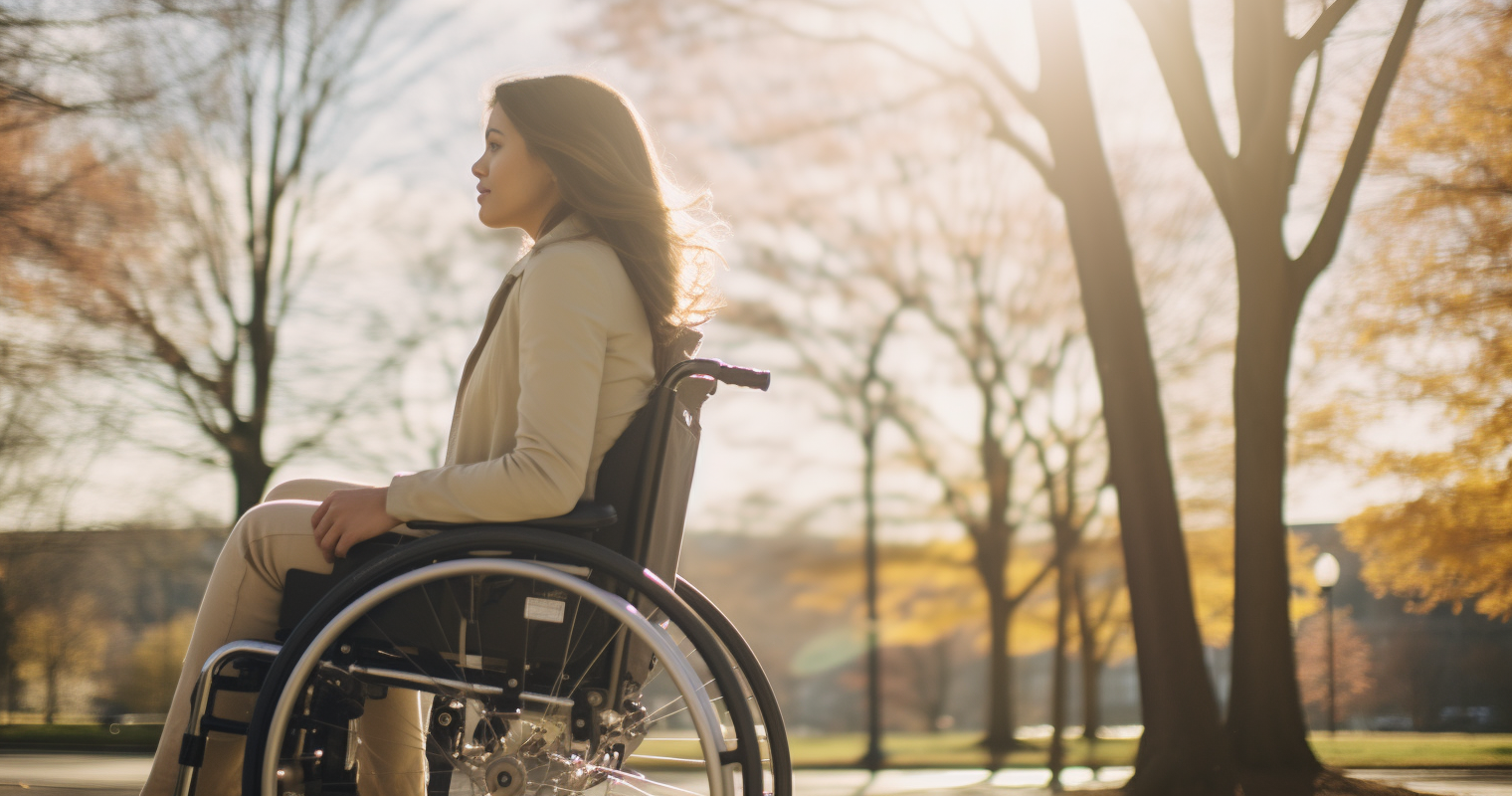Norway is known for its progressive social policies, and disability rights are no exception. While there is still work to be done, Norway has made great strides in recent years towards creating an inclusive society for people with disabilities. In this article, we will explore common attitudes towards disability in Norway, discrimination and legislation issues, public transport and building access, and advocacy groups for people with disabilities.
Attitudes Towards Disability in Norway
In Norway, people with disabilities are generally treated with respect and dignity. There is a strong emphasis on inclusion and equal rights for all citizens, regardless of ability. However, like any society, there are still instances of discrimination and negative attitudes towards people with disabilities. For example, people with disabilities may face stereotypes, low expectations, and negative attitudes towards their abilities. Additionally, there is a lack of representation of people with disabilities in media and popular culture, which can contribute to the invisibility of this population.
Discrimination and legislation issues in Norway
Norway has a strong legal framework to protect the rights of people with disabilities. The Norwegian Anti-Discrimination and Accessibility Act (NADAA) was enacted in 2013 and prohibits discrimination on the grounds of disability in many areas of life, including employment, education, housing, and public services. The law also requires that public buildings and transportation be accessible to people with disabilities. However, there are still areas where discrimination persists, such as in employment, where people with disabilities often struggle to find meaningful work.
Public transport and building access in Norway
Norway has made great strides in recent years towards improving access to public transport and buildings for people with disabilities. Public buses and trains are required to be wheelchair accessible, and many train stations have lifts and ramps. However, some older buildings may still be inaccessible due to their design or construction. Norway has also invested in creating accessible pedestrian crossings and installing audio signals at traffic lights to assist people with visual impairments.
Advocacy groups for people with disabilities in Norway
There are several advocacy groups in Norway working to improve the lives of people with disabilities. Some of these include:
The Norwegian Association of Disabled (NAD) – This is the largest advocacy group for people with disabilities in Norway. They work to improve the lives of people with disabilities through political advocacy, community engagement, and social events. Their website is https://www.nhf.no/english.
The Norwegian Federation of Organizations of Disabled People (FFO) – This is an umbrella organization that brings together many different advocacy groups for people with disabilities. Their website is https://www.ffo.no/english.
The National Association for the Blind and Partially Sighted (NABP) – This organization advocates for the rights of people with visual impairments. They provide services such as rehabilitation, employment support, and assistive technology. Their website is https://www.synshemmede.no/.
The Norwegian Association for the Deaf (NDF) – This organization advocates for the rights of people who are deaf or hard of hearing. They provide services such as sign language classes, employment support, and assistive technology. Their website is https://www.hlf.no/english/.
In conclusion, Norway has made great strides in recent years towards creating an inclusive society for people with disabilities. While there is still work to be done, the legal framework and advocacy groups in place provide a solid foundation for continued progress.

